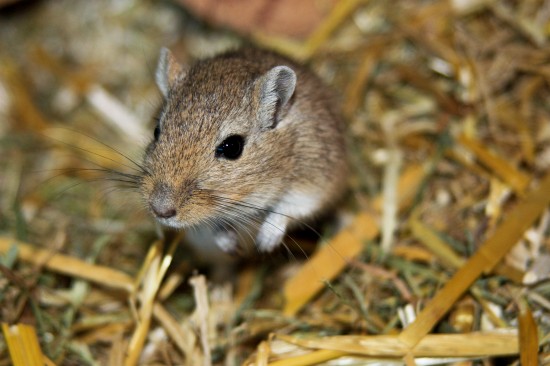Three-Toed Box Turtle Types are native to Missouri, but can also be found in Alabama and Texas. Three Toed Box Turtle Types are so named because they have three toes on their hind feet. Unlike other turtles that are ready to bite whenever they sense danger, these turtles are shy and quiet. Three-Toed Box Turtles are small and calm, with domed shells growing from about three and a half to five inches in length. They do not bite.
These turtles differ from eastern box turtles in coloration, having dull and/or subdued hues, rather than the usual darker colors. They have brown skin, and their heads and forelimbs frequently have yellow or orange spots. The bottom shell, which is the plastron, is a straw yellow color, and has less dark markings.
This type of box turtle is a well-liked species of turtles; hence, they are very prominent in the pet trade. They have a life span of 100 years; unfortunately, their typical life in captivity is reduced to only 30 to 40 years, all due to poor husbandry. It is highly recommended that the three-toed box turtle be kept outdoors, ensuring that its housing is similar to its natural habitat, where it can receive some sunlight and some partial shading. Their housing should be big enough to give them the space to burrow. The substrate should be littered with leaves and plants, such as ferns, to provide shade. Do not forget to place a water dish, large enough not only to drink from, but to soak comfortably in as well.
Humidity is a major concern for these species; therefore, the bedding (could be newspaper) should have 80 percent humidity. To do this, simply spray the bedding material in the enclosure to moisten. Do not put any gravel or sand in the enclosure because these can be abrasive and may injure this particular breed of turtles. In addition, be sure to provide them with a basking temperature of 88癋.
This type of box turtle can also be kept indoors. In fact, it is the only species of box turtles that is adaptive, and can live in an indoor enclosure. They should not be placed in a glass aquarium under any circumstance. They have to have visual barriers. Instead, place them in a wooden enclosure, and ensure that they have a hiding and soaking area.
Turtles belonging to this family are omnivores. Their diet consists of 60 percent or more of animal matter. These include caterpillars, pink mice, crickets, snails, sow bugs, shredded chicken, spiders, crawfish, worms, and carrion. The remaining 40% of their diet is comprised of cooked (and of course, mashed) potatoes, fruits (melons, apples, and bananas), and green leafy vegetables, such as cabbage and lettuce. Feed hatchlings and small turtles once a day, and the large turtles three to four times a week. Obesity can also be a concern among turtles, so be careful that they are not overfed.

 Dealing With A Dog That Goes To The Toilet In The Bed
Dealing With A Do
Dealing With A Dog That Goes To The Toilet In The Bed
Dealing With A Do
 How To Safely Introduce Two Gerbils
How To Safely Int
How To Safely Introduce Two Gerbils
How To Safely Int
 How To Cope With Dogs Suffering With Malassezia Dermatitis
How To Cope With
How To Cope With Dogs Suffering With Malassezia Dermatitis
How To Cope With
 Canine Chemotherapy And Its Side Effects
Canine Chemothera
Canine Chemotherapy And Its Side Effects
Canine Chemothera
 How To Know If Your Cat Is Pregnant
How To Know If Yo
How To Know If Your Cat Is Pregnant
How To Know If Yo